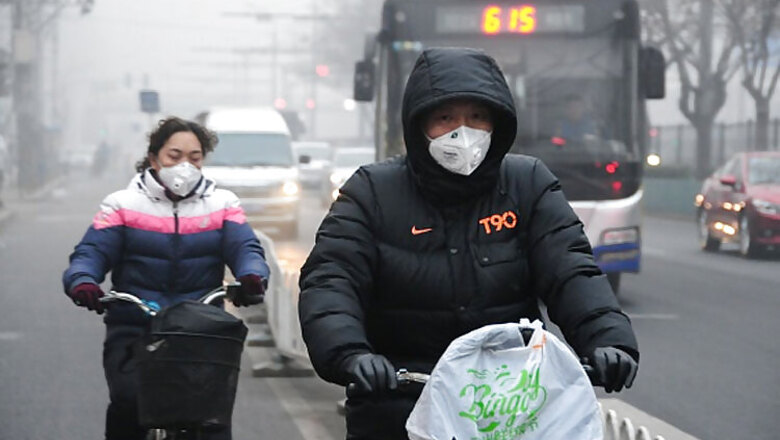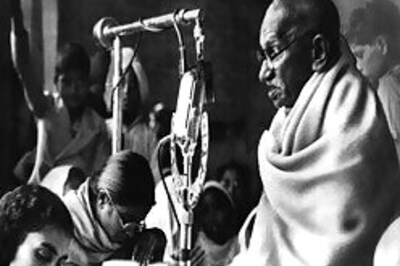
views
Beijing: Pollution-hit Beijing is planning to build a web of ventilation corridors in the Chinese capital to facilitate air flow and blow away smog and pollutants, state-run media reported on Sunday.
The corridors will be created by connecting the city's parks, rivers and lakes, highways along with their green belts, as well as low building blocks, according to municipal authorities.
Construction in these zones will be strictly controlled to curb smog in Beijing, one of the biggest cities in China with over 21 million people. "Ventilation corridors can improve wind flow through a city so that wind can blow away heat and pollutants, relieving urban heat island effect and air pollution," Wang Fei, deputy head of Beijing's urban planning committee, was quoted as saying by Xinhua news agency.
The five primary ventilation corridors are designed to be more than 500 metres in width, while some secondary corridors will be over 80 metres wide, the report said, without giving a time frame for the project or the amount being spent.
The five major ventilation corridors would largely run from the northern suburban areas to the south. One corridor will run through the central axis of Beijing from Taiping Suburban Park in the north, via the Olympic Park, the Temple of Heaven, all the way to the Beijing-Shanghai Highway in the southern end of the city.
In addition to the planned primary and secondary ventilation corridors, other smaller corridors will also be added to the system. Construction in these zones will be strictly controlled, and obstacles along the way will be gradually removed, Wang said.
Some Chinese cities, such as Shanghai and Fuzhou, have been building ventilation corridors to combat air pollution, that has become a major concern of residents in Beijing too as the city saw the heaviest smog in years in November and December, 2015, partly due to winter heating.
Local residents routinely check air quality and wear masks, and many own air purifiers. Beijing has taken measures to curb air pollution. Last year, the city replaced coal fire power plants with cleaner energy, closed or limited the production of more than 2,000 polluting factories. It also initiated its first-ever air pollution red alert mechanism.
Air quality only improved marginally in 2015 in the area around Beijing, data from the Ministry of Environmental Protection (MPE) suggests. Beijing recorded 186 days of air quality "up to par" in 2015, 14 days more than the year before, according to statistics from the MPE.
The annual average density of PM 2.5 in Beijing, particulate matter that causes hazardous smog, stood at 80.6 micrograms per cubic metre, a year-on-year decrease of 6.2 per cent, MEP said.




















Comments
0 comment